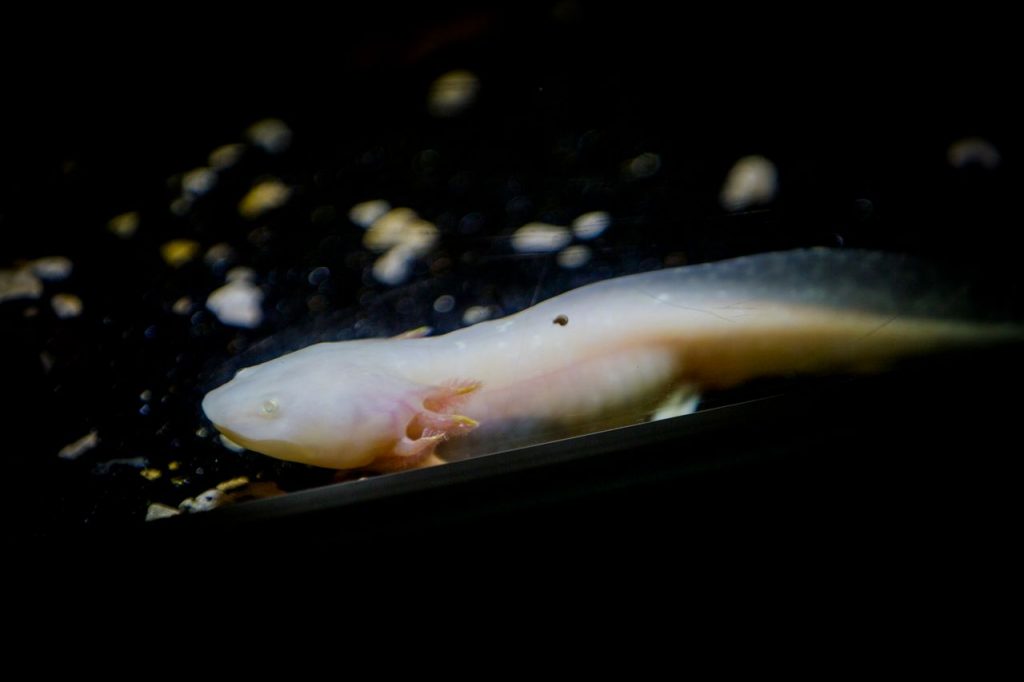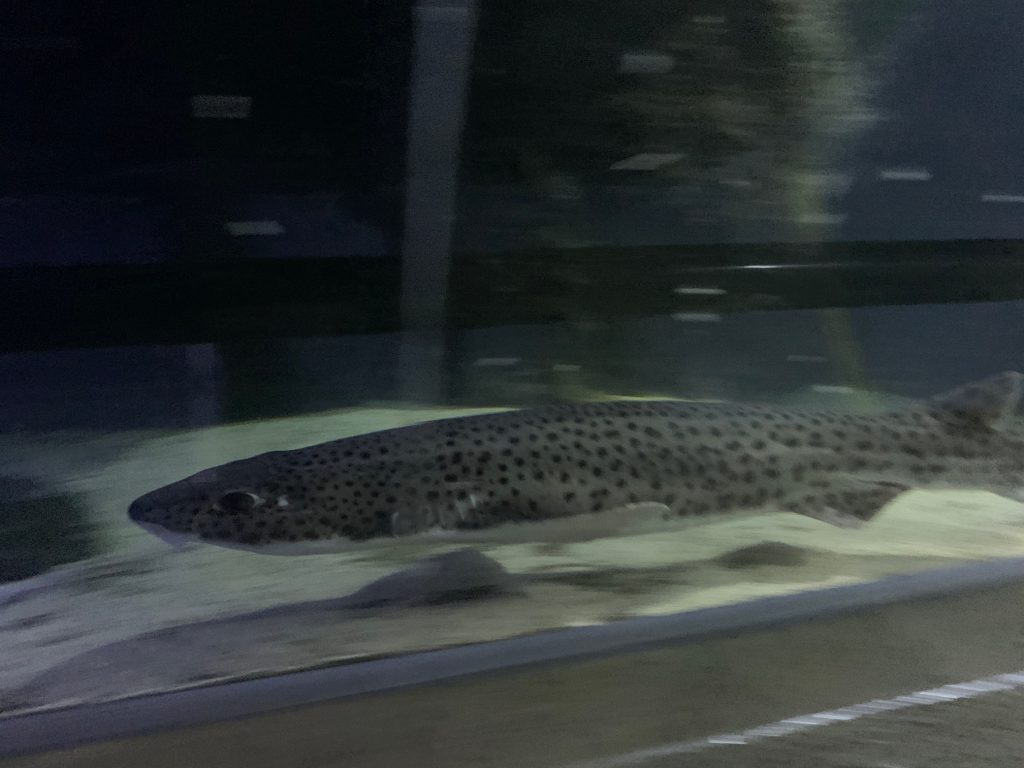Many animals, and humans, exhibit different behaviour whether it’s daytime or night. For example, as humans, we are typically active in the daytime before resting through the night. Many species across the animal kingdom will also follow a similar pattern, but others will act in reverse. This difference can be a fascinating way to learn more about the behaviour and characteristics of a species, whether they live on land or water.
These active periods are known as diurnal and nocturnal cycles, but what does that really mean, and which animals belong to each group? Here at Deep Sea World we’ll take a closer look, and explore a little more about the animals and sea creatures along the way.
What does diurnal and nocturnal mean?
Diurnal and nocturnal are terms that explain a cycle occurring over a 24-hour period. Diurnal originates from Latin and means ‘daily’ or ‘day’, while nocturnal comes from a Latin word that means ‘belonging to the night’.
With that in mind, the main difference between the two is the timing of an animal’s activities and active periods. Diurnal creatures will be more active in the day, often hunting, socialising and feeding in daylight hours and then resting at night. On the other hand, nocturnal animals are more active at night and will spend their day resting out of sight.
Fish are very much the same, with scientists agreeing that sea creatures also have regular sleep patterns, whether that’s during the day or night.
Which animals are diurnal?
There are a whole host of animals that are diurnal, just like us. One of the most interesting creatures that is active in the daytime is the axolotl. Native to Mexico, the axolotl is a fascinating amphibian that have the ability to regenerate their limbs, lungs, heart and more. While they are rarely seen in the wild, you can see them up close for yourself here at our Temple of Frogs exhibit!

There are a number of whale species that are also diurnal, including the Humpback whale, Beluga whale and the orca – which is actually part of the dolphin family. This means these species will be most active during the day.
Which animals are nocturnal?
Being more active at night and sleeping through the day is a common cycle for many different sea creatures. In particular, two species of catshark are known for being more active at night – the lesser spotted catshark and bamboo catshark. Both of these animals are nocturnal, hunting and swimming at night but then resting during the day. Interestingly, the lesser spotted catshark can actually be found off the coast of the UK!
The barred tiger salamander, which is one of the longest terrestrial salamander species in North America, but out in the world they might be tricky to spot. This is because they are also nocturnal, and disappear below the soil during the day. Don’t worry though, you might be able to catch a glimpse of them in our Temple of Frogs exhibit – just look out for their brilliant yellow stripes or blotches.

What does crepuscular mean?
When talking about diurnal and nocturnal, it’s easy to forget that there is another group of animals that don’t fit so neatly into one of these categories. There are a number of animals that are known as crepuscular. This means they are more active in the hours around dawn and dusk, with crepuscular meaning active in twilight.
Which animals are crepuscular?
You’ll already know of some animals that are crepuscular, like the barn owl. This is why you usually hear it hooting as the sun is going down, or just before it comes up. This is a similar case with a lot of birds, foxes and rodents such as rats and mice.
Royal pythons from West Africa are known to be crepuscular, and have adapted to be able to thrive in this environment. Their eyes are adapted to dim light, and they are able to sense their prey with special heat-sensitive organs. You can check out a royal python for yourself at our Swamp exhibit!
Whether our fish are resting up or swimming around, there’s plenty to see here at Deep Sea World. Check out our visitor information for more on how to find us and our opening times.
